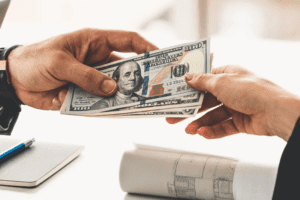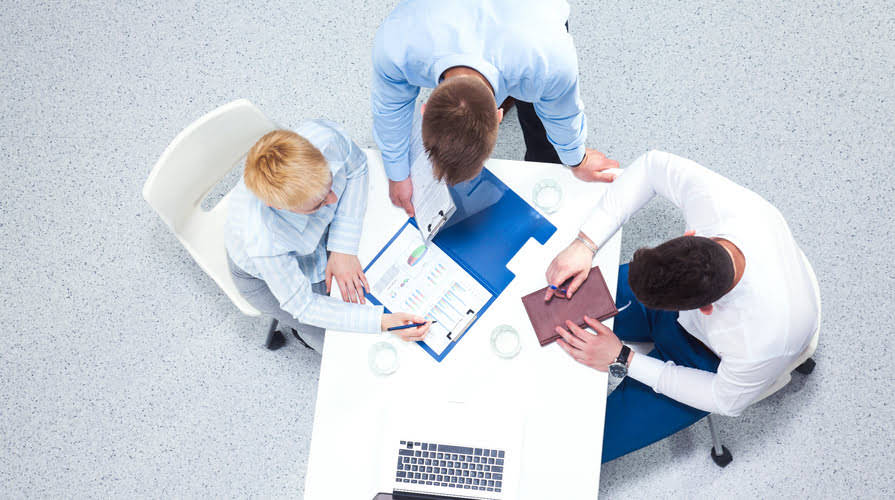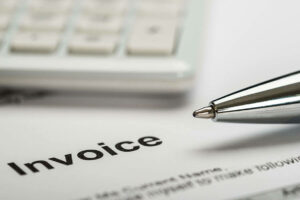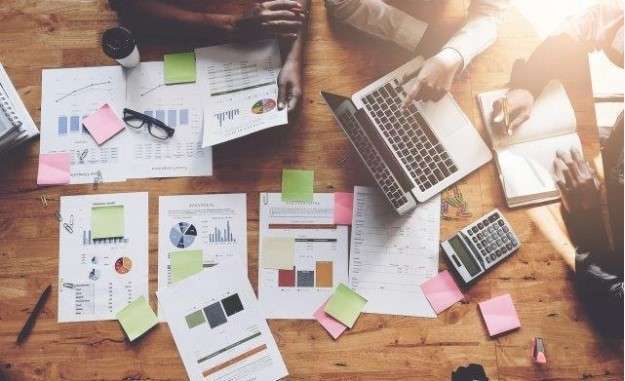
Based on their maturity, liabilities can be classified as either short-term or long-term. Another popular calculation that potential investors or lenders might perform while figuring out the health of your business is the debt to capital ratio. Current liabilities are debts that you have to pay back within the next 12 months. No one likes debt, but it’s an unavoidable part of running a small business. Accountants call the debts you record in your books “liabilities,” and knowing how to find and record them is an important part of bookkeeping and accounting. Also, if cash is expected to be tight within the next year, the company might miss its dividend payment or at least not increase its dividend.
Is there any other context you can provide?
Sometimes, companies use an account called other current liabilities as a catch-all line item on their balance sheets to include all other liabilities due within a year that are not classified elsewhere. A liability is something that a person or company owes, usually a sum of money. Liabilities are settled over time through the transfer of economic benefits including money, goods, or services.
Other Definitions of Liability

This can give a picture of a company’s financial solvency and management of its current liabilities. Current liabilities are expected to be paid back within one year, and long-term liabilities liabilities list are expected to be paid back in over one year. It’s important for companies to keep track of all liabilities, even the short-term ones, so they can accurately determine how to pay them back.
What about contingent liabilities?
The company’s assets are listed first, liabilities second, and equity third. Long-term liabilities are presented after current liabilities in the liability section. The long-term portion of a bond payable is reported as a long-term liability. Because a bond typically covers many years, the majority of a bond payable is long term.
- Potential buyers will probably want to see a lower debt to capital ratio—something to keep in mind if you’re planning on selling your business in the future.
- For example, they can highlight your financial missteps and restrict your ability to build up assets.
- On the other hand, on-time payment of the company’s payables is important as well.
- For example, as happens in many countries, taxes are levied on citizens and/or companies, and a firm may be required to collect tax on behalf of the taxing agency.
- Your accounts payable balance, taxes, mortgages, and business loans are all examples of things you owe, or liabilities.
- The higher it is, the more leveraged it is, and the more liability risk it has.
- Burdensome liabilities the company finds not easily payable would be considered unavoidable and bad.
What is a current liability?
- These costs could arise in the future based on the outcome of an event which a company may have minimal control over.
- The company must recognize a liability because it owes the customer for the goods or services the customer paid for.
- After almost a decade of experience in public accounting, he created MyAccountingCourse.com to help people learn accounting & finance, pass the CPA exam, and start their career.
- Loans for machinery, equipment, or land are examples of long-term liabilities, whereas rent, for example, is a short-term liability that must be paid within the year.
To find these amounts, refer to your bookkeeping records or accounting software, or review your receipts, bills, and credit card or bank transactions. Recognition of accrued liabilities requires periodic adjusting entries. Failure to recognize accrued liabilities overstates income and understates liabilities. Included in this category are accounts such as Accounts Payable, Trade Notes Payable, Current Maturities of Long-term Debt, Interest Payable, and Dividends Payable.
Order for Listing Current Liabilities
Accounts Payable – Many companies purchase inventory on credit from vendors or supplies. When the supplier delivers the inventory, the company usually has 30 days to pay for it. This obligation to pay is referred to as payments on account or accounts payable.
- In its most basic sense, a liability is a requirement that must be fulfilled.
- Accrued expenses are costs of expenses that are recorded in accounting but have yet to be paid.
- Adam Hayes, Ph.D., CFA, is a financial writer with 15+ years Wall Street experience as a derivatives trader.
- On a balance sheet, these two categories are listed separately but added together under “total liabilities” at the bottom.
- Current liabilities are expected to be paid back within one year, and long-term liabilities are expected to be paid back in over one year.
- Even if it’s just the electric bill and rent for your office, they still need to be tracked and recorded.
Current Liabilities Defined
- Yes, but it depends on the accounting standards followed by the company.
- An expense is the cost of operations that a company incurs to generate revenue.
- A liability is something that a person or company owes, usually a sum of money.
- Contingent liabilities are potential liabilities that depend on the outcome of future events.
- It might signal weak financial stability if a company has had more expenses than revenues for the last three years because it’s been losing money for those years.
- 11 Financial’s website is limited to the dissemination of general information pertaining to its advisory services, together with access to additional investment-related information, publications, and links.
- Current liabilities are listed on the balance sheet under the liabilities section and are paid from the revenue generated from the operating activities of a company.
If your books are up to date, your assets should also equal the sum of your liabilities and equity. Notes Payable – A note payable is a long-term contract to borrow money from a creditor. Assets are what a company owns or something that’s owed to the company. They include tangible items such as buildings, machinery, and equipment as well as intangibles such as accounts receivable, interest owed, patents, or intellectual property.

Where Assets Appear on the Balance Sheet
Example 3: House Painting Business


发表回复